HMS Invincible
The 18th Century warship, brought back to life
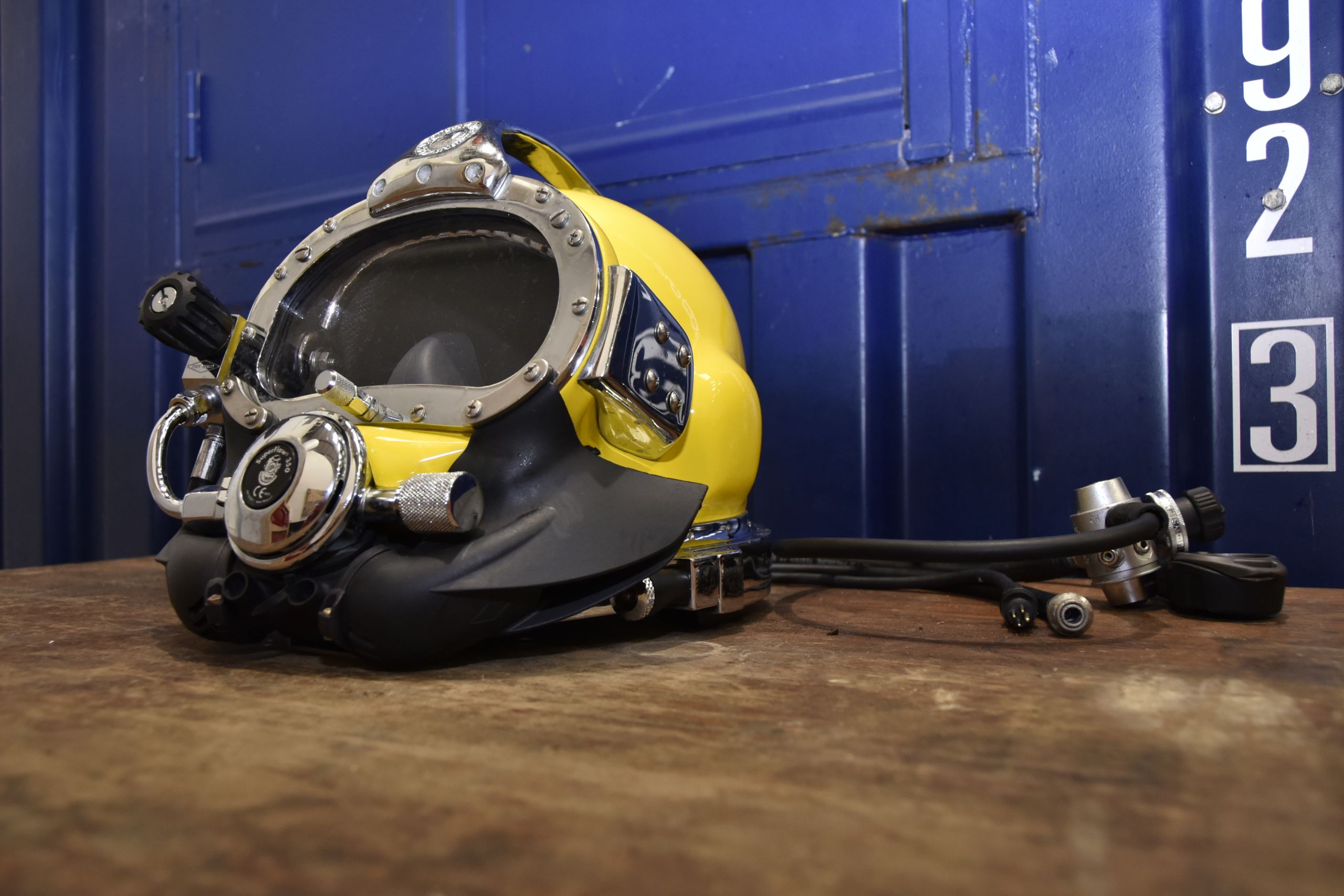
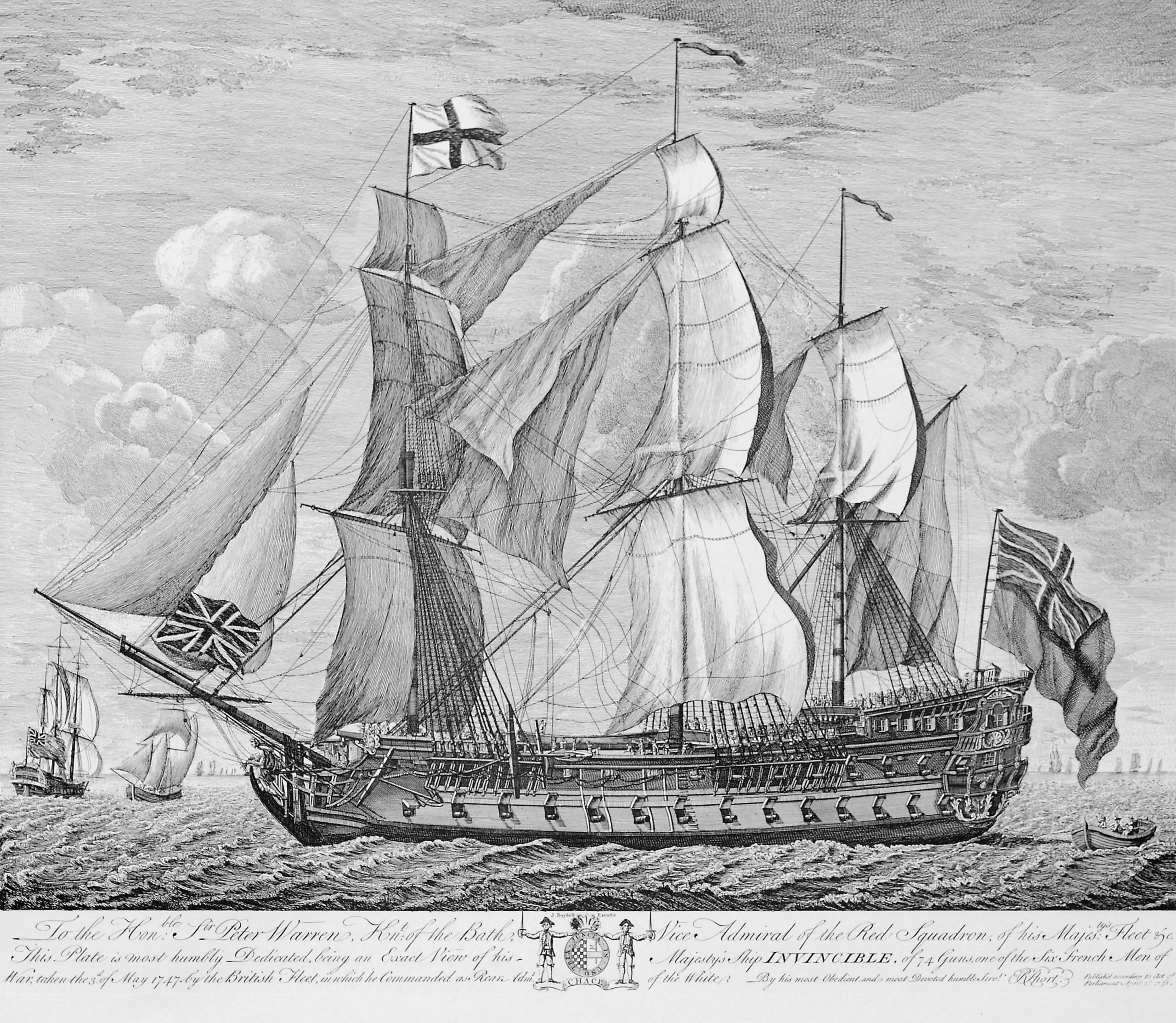
The first HMS Invincible, captured from the French in 1747 and sunk off the coast of the Solent in 1758, has been excavated by archaeologists and divers from Bournemouth University (BU) and the Marine Archaeology Sea Trust (MAST).
An emergency excavation was needed to recover the contents of this revolutionary 74-gun ship warship before they were lost.
The team of experts, with support from the National Museum of the Royal Navy, recovered a number of important and historic finds that help bring understanding to life on-board an 18th Century Royal Navy warship.
Originally L’Invincible, she was built in France on the banks of the River Charente, at Rochefort in 1744. Invincible was a new 74 gunship, designed to fight all around the world, protecting France’s overseas Empire and merchant fleets.
Her service in the French Navy was short as she was captured by a superior British fleet commanded by Admiral Anson at the first Battle of Finisterre on the 3rd May 1747.
Her fine lines attracted great attention and would go onto influence the design of future British warships, becoming the backbone of the Navy right up until the Battle of Trafalgar.
Her career in the British Navy came to an unexpected end. On the 19th February 1757 Invincible was given orders to weigh anchor and begin the voyage to Louisbourg (modern day Nova Scotia) to fight the French. However, a series of calamitous events led to her wrecking on a shallow sand bank.
The ship was rediscovered in 1979 by a local fisherman, and designated as an Historic Wreck in 1980. It became imperative to recover items from the ship when it was discovered that the bank the ship sits on was migrating away.
The team immediately set to work. During three years of excavation work, the team recovered significant finds such as swivel guns, a gun port lid, the main stay and even a mop head and bucket.
Other finds include a clay pipe, a wig curler and a number of bottles – some with their contents still preserved.
The most major excavation of the project was to lift the cutwater – the front most part of the ship – weighing over 5.8 tonnes and over 9 metres in length – it still has its original hand-carved draft marks cut into it, showing how deep the ship sat in the water.
“It is probably the best-preserved 18th Century warship in the UK. It was full of stores, provisions, and equipment and so much of the ship survives on the seabed and we’ve recovered thousands of artefacts.
“It is those artefacts that tell us about life on-board a warship during the Georgian period. You get such wonderful preservation on the wreck of the Invincible because so much of it survives, you find these artefacts in their original location on the ship and that tells you so much about life on-board.”
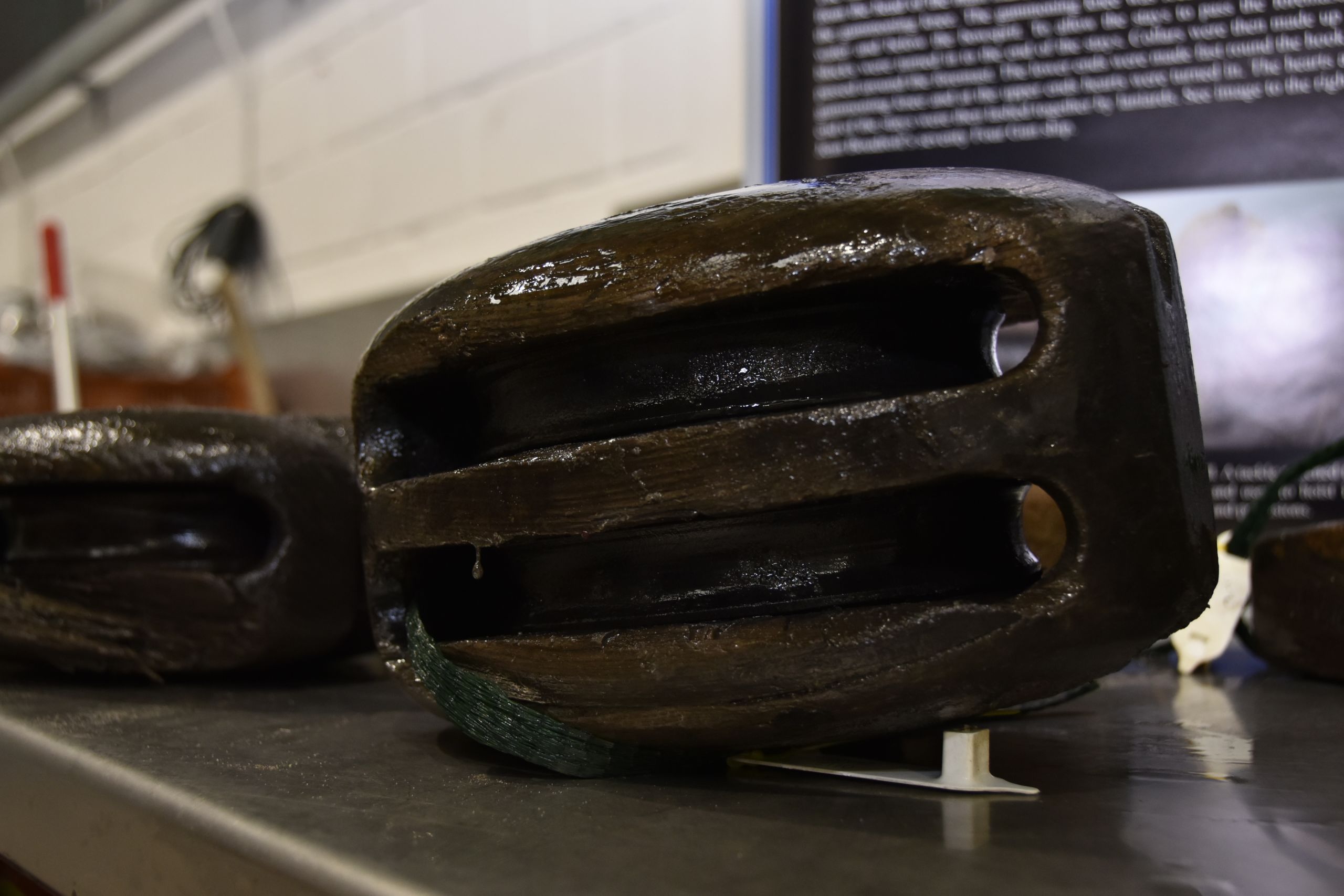
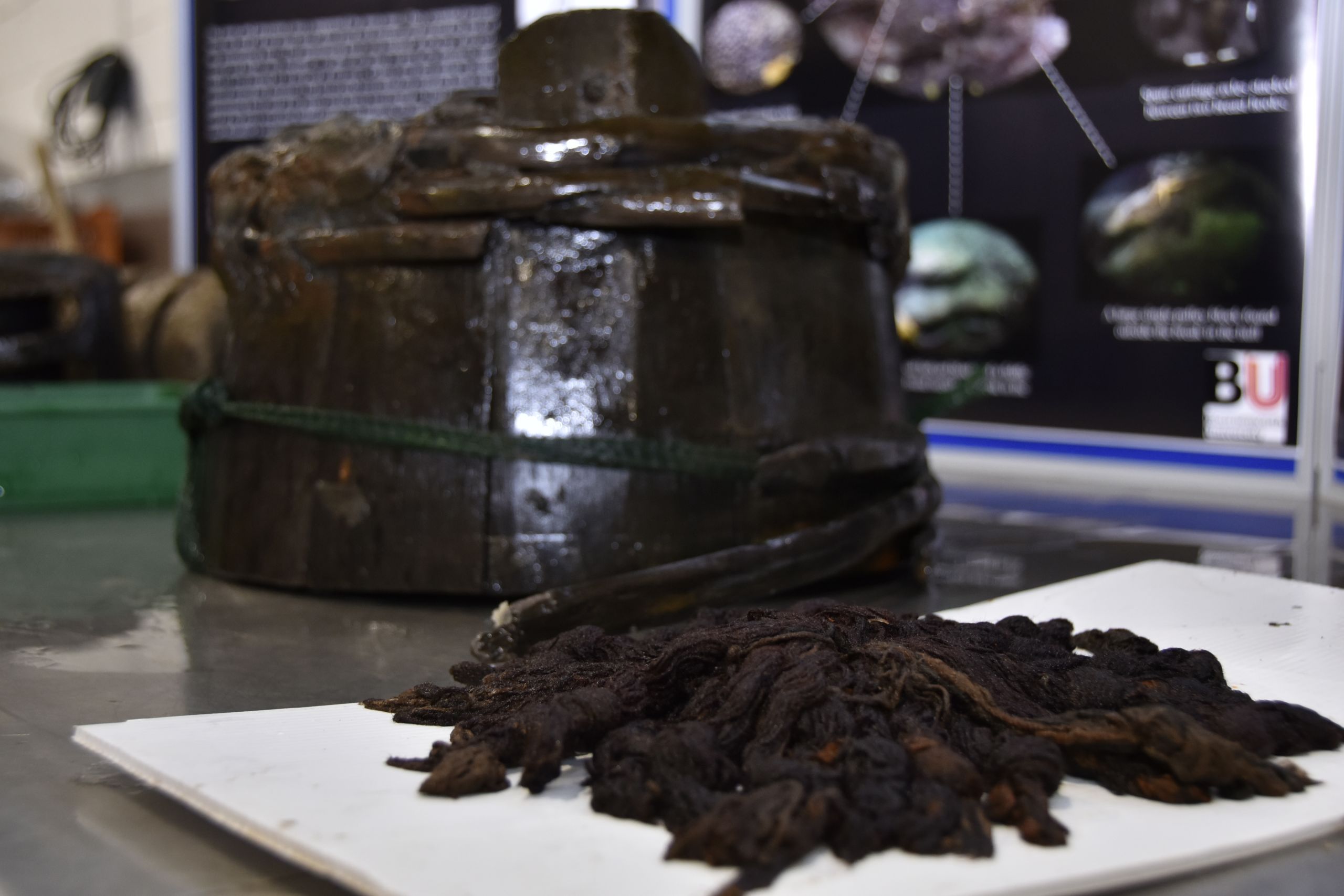
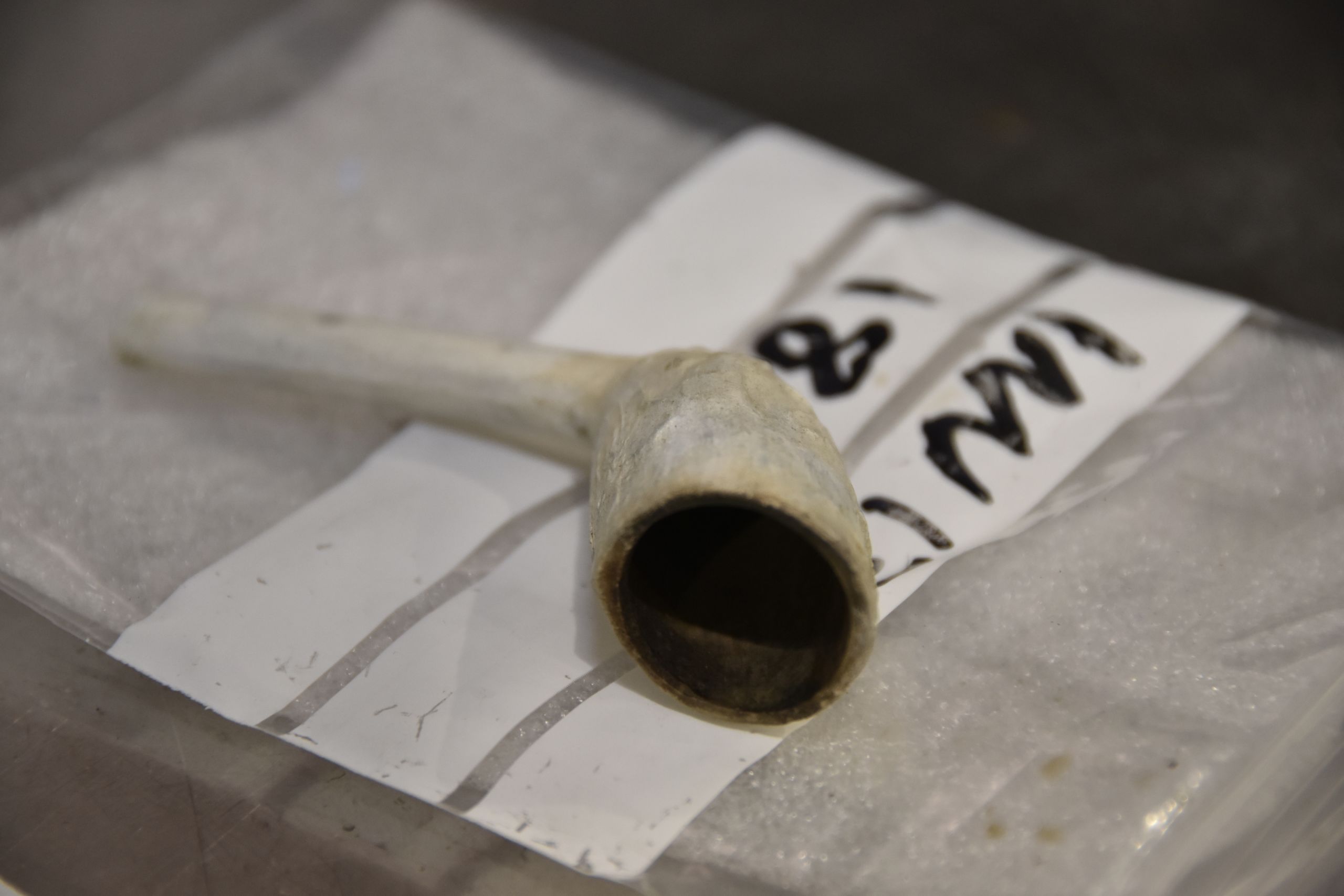
Due to the work of the team, the excavation is now complete and Historic England has been able to remove the site from its Heritage At Risk Register.
In her day the Invincible was regarded as the finest third rate in the Navy. Today Invincible is equally as important as she represent the most complete and best-preserved remains of a warship from the mid-18th century.
Recovered items will end up on permanent display at the National Museum of the Royal Navy, in Portsmouth, for the public to view.
“I can’t wait to see the exhibition because all the hard work that everyone has done is rewarded by seeing it all on display.”
Dan Pascoe
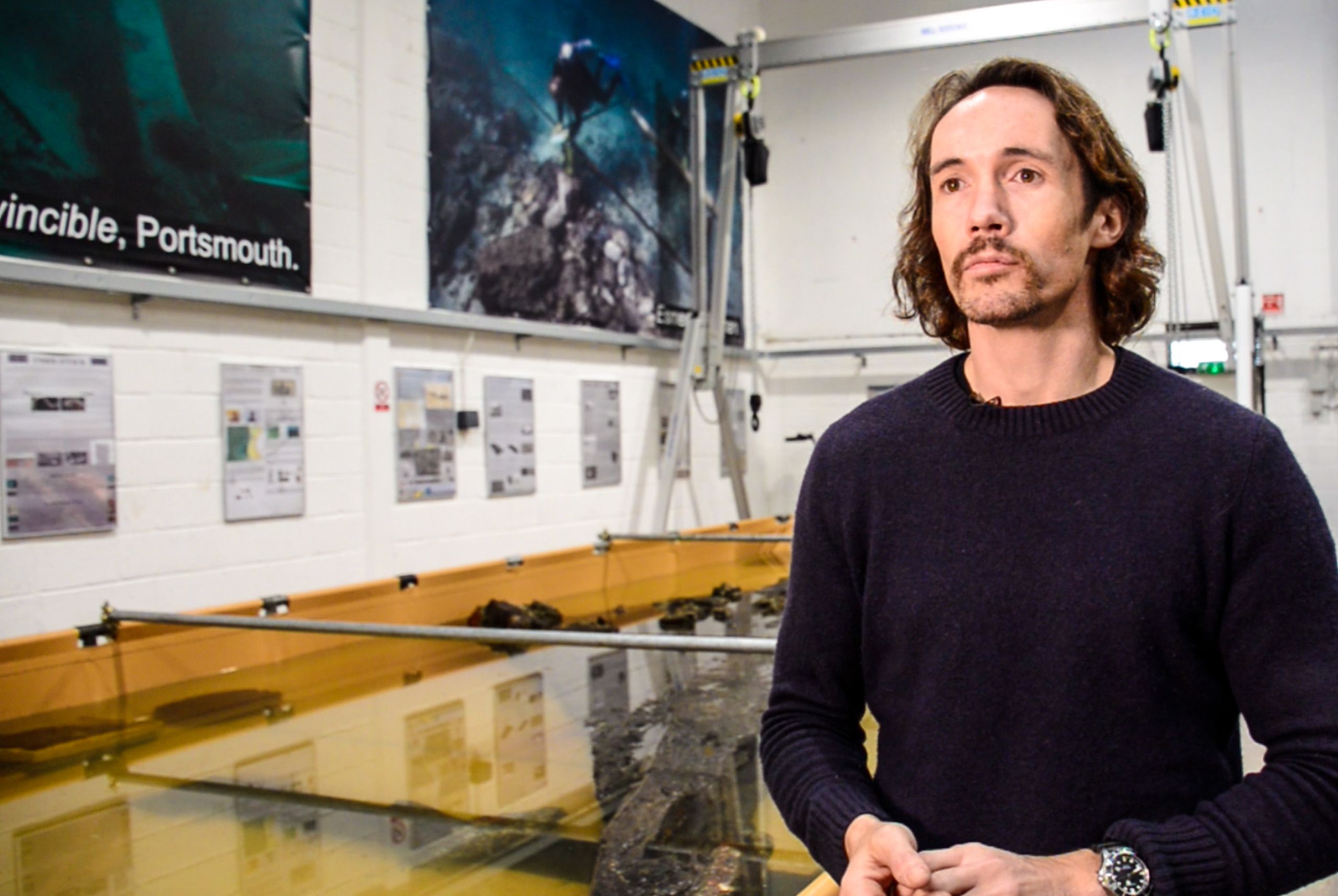
If you’d like to make a donation to the latest marine archaeology project, visit: https://www.bournemouth.ac.uk/collaborate/support-us